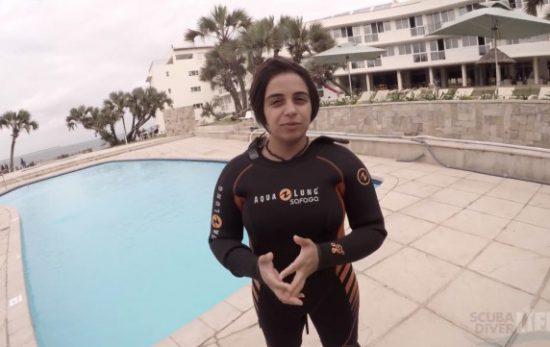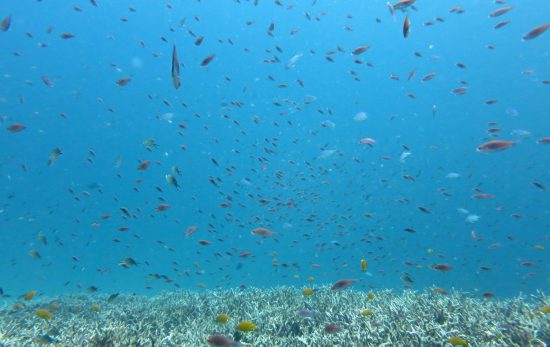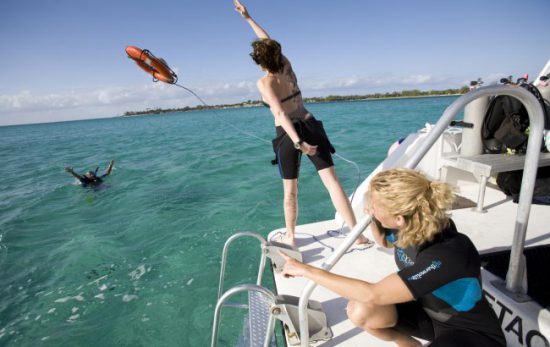We all strive to be the best divers we can be. But, let’s face it, we’re not perfect! There are certain mistakes every diver can make. The good news is that with a little knowledge and practice, they can be avoided. Check out this great guide to becoming a safer diver by avoiding some common mistakes.
Featured from DAN (Divers Alert Network)
1.) NEGLECTING HEALTH AND FITNESS
Few people enjoy perfect health for their entire lives. Adopting a healthy lifestyle early in life can help postpone ailments associated with aging.
When health issues present, it’s important to discuss them with your healthcare provider, pursue appropriate interventions and adopt modifications. With ongoing awareness of your personal health status and timely adjustments to maintain your health, diving can be a lifelong recreational activity.

Prior to diving, you should take an honest assessment of whether you are medically fit to dive. Be vigilant for signs of acute illness (like congestion) and familiarize yourself with the risks and essential precautions associated with any chronic diseases.
Being a physically fit diver means that you have sufficient aerobic capacity, cardiovascular health and physical strength to meet the demands of the diving environment. Can you fight a current? Perform a long surface swim? Help a buddy in an emergency? All divers need to be physically able to perform these essential tasks.
Here are some tips to help you enhance your fitness for diving:
- While diving itself can be physically demanding, it is not enough to maintain fitness overall. Divers must stay fit with additional activities outside of diving, such as swimming laps, strength training and flexibility and balance exercises.
- Regular physical activity, including aerobic activity and muscle-strengthening activity, is essential to maintain physical fitness.
- At least six weeks prior to a dive trip, gradually increase the level of your physical activities.
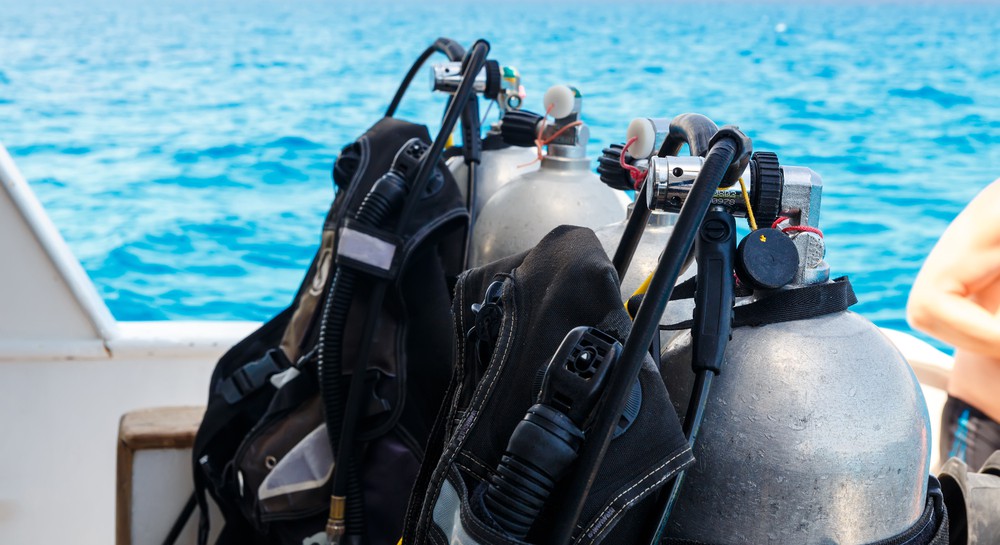
2.) NEGLECTING PROPER GEAR MAINTENANCE
Dive equipment is life-support equipment. Each time you dive, you are venturing into a fascinating, but also unforgiving environment; make sure you are diving with a set of properly functioning equipment.
- Rinse your equipment after each dive and clean it after each trip before storage. After rinsing, allow gear to dry completely in a cool, shady and well-ventilated area before you put it away.
- Store your gear in an area that is protected from extreme temperatures as well as dust and dirt.
- Regularly monitor your equipment for signs of wear and check the hoses for leaks and cracking; pay particular attention to your regulator.
3.) INSUFFICIENT DIVE PLANNING
One of the most important predive steps is dive planning. Learn as much as possible in advance about any dive site you plan to dive. Dive plans don’t have to be complicated or inflexible, but they are essential to prevent and manage diving incidents.
- Before you even head out to a site, make sure to investigate currents, depths, marine life, entry and exit points, surfacing techniques, boat traffic, environmental health concerns, etc.
- Inform someone who is not coming on your trip what your dive plan is and when you expect to be back.
- Prior to your dive, make sure you and your buddy are on the same dive plan. Discuss contingencies should conditions change during your dive. Establish the maximum depth, maximum bottom time and minimum air supply to terminate the dive.
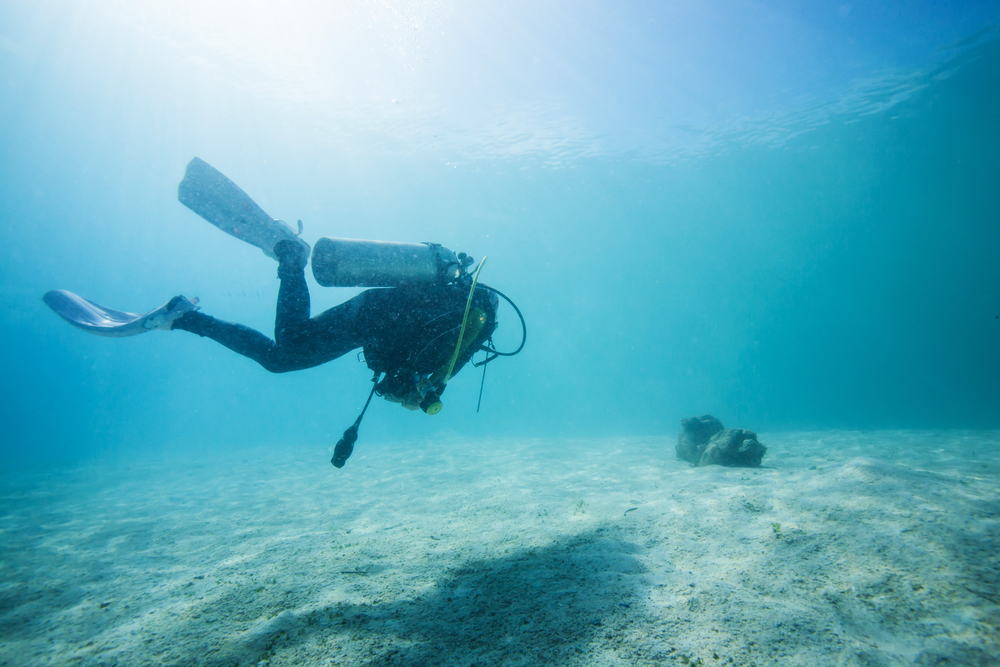
4.) LACK OF BUOYANCY CONTROL
It’s not surprising that the most common injuries among divers are related to buoyancy issues—barotrauma, uncontrolled ascents, marine life injuries and more could be prevented with some practice and attention to detail.
Inefficient buoyancy control can result in descending deeper than planned, altering the intended dive profile and potentially increasing air consumption. Constant adjustments to your buoyancy control device can also affect air consumption.
The worst case scenario is an uncontrolled ascent, which places the diver at risk for a lung overexpansion injury (pulmonary barotrauma) and substantially increases the risk for an arterial gas embolism.
Ear injuries are also commonly associated with ineffective buoyancy control. During descent, if you feel uncomfortable pressure in your middle ears or sinuses, you should stop your descent, ascend until the pressure resolves, attempt to equalize and, if successful, continue to descend. If you experience a reverse block on ascent, you should descend a bit and attempt to equalize. These procedures are difficult to execute without proper buoyancy control.
Most marine life injuries result from unintentional contact between a diver and the marine life. Proper buoyancy control is essential to protect ourselves and the environment.
And remember, proper buoyancy control begins with proper weighting.
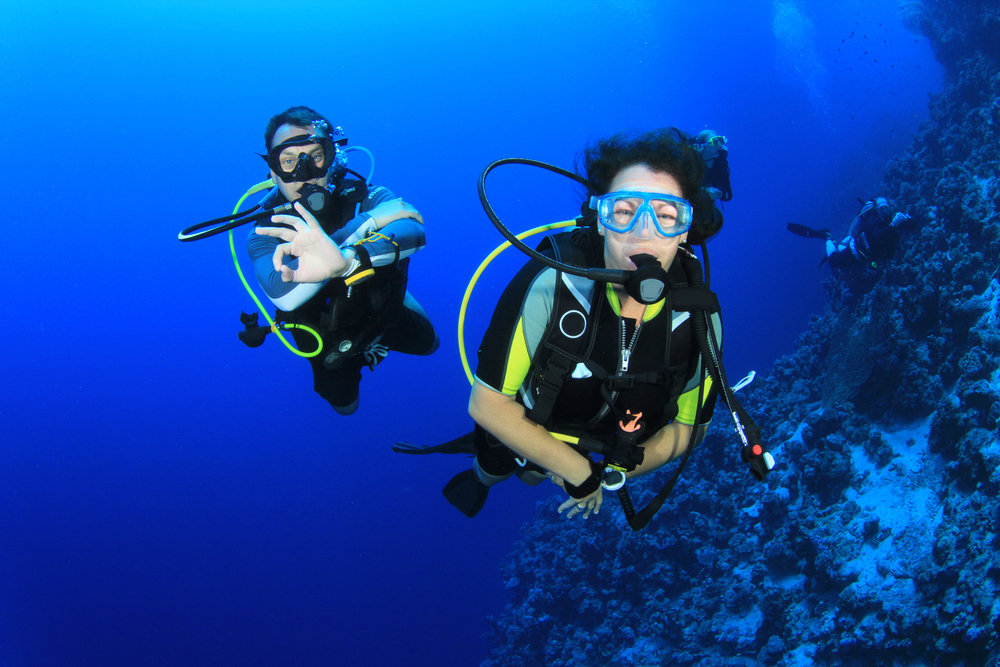
5.) DIVING BEYOND YOUR TRAINING
Never stop developing your diving abilities. There is always more to learn—how to dive new environments, how to refine your skills or even how to use new types of equipment. No matter where your diving adventures take you, make sure you are equipped with the proper training.
REMEMBER:
- Your certification only qualifies you for the same diving conditions and environment in which you were trained.
- As you continue your training, slowly extend your diving experiences. California shore diving presents different challenges than Caribbean boat diving—make sure you’re prepared for each new diving environment.
- Take it easy, and if you’re not having fun or if you don’t feel good about the dive, don’t do it. This is especially important when diving in new conditions such as cold water or limited visibility or when using new equipment.
- If you feel uncomfortable about a dive, it may because you feel that you’re not ready. Remember, dive your experience, not your “C” card.
- If you want to begin exploring new environments, seek the training that will prepare you to explore them safely. For instance, if you want to explore the interiors of shipwrecks or enter a cave, enroll in a Wreck Diving or Cave Diving course. These unique overhead environments present specific challenges that can be deadly if you are not trained to manage them.
Don’t neglect first aid training. In the case of an emergency, you will not regret taking a course that requires a few hours of your time.
For more mistakes divers make and ways to avoid them, check out DAN’s full Smart Guide to Safe Diving or download the PDF.
